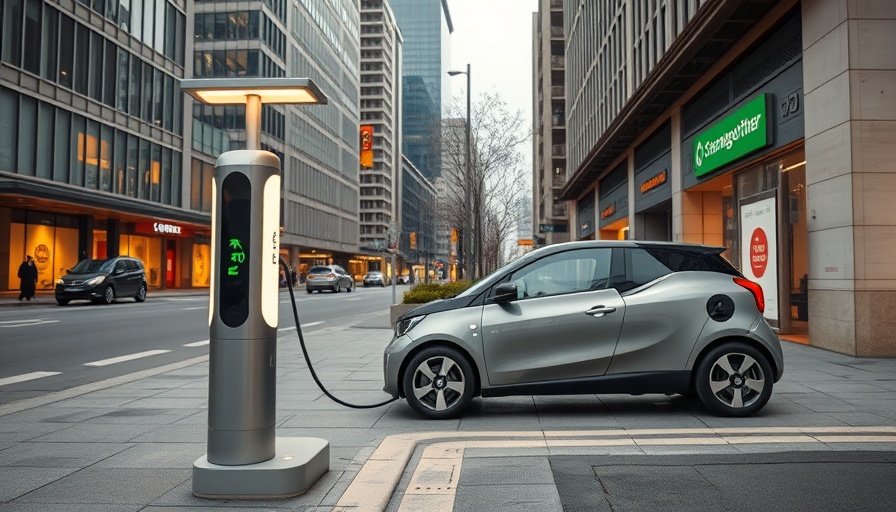
Transforming Infrastructure: The Future of EV Charging
The challenge of providing accessible electric vehicle (EV) charging options is a pressing concern, especially for urban residents without private parking. Fortunately, a team of researchers from Penn State has devised a groundbreaking solution, retrofitting streetlights into EV charging stations. This innovative approach not only promises convenience but also aligns with the sustainability goals that many cities are striving to achieve.
Streetlights as Ideal Charging Stations
Traditionally, insufficient charging infrastructure has hindered the adoption of electric vehicles, particularly in densely populated areas. The Penn State researchers demonstrated that streetlights are ideally suited for this role. Existing municipal infrastructure means they are already powered and strategically located in high-traffic zones, making them more accessible than standard charging stations. By utilizing streetlights, cities can maximize their existing resources and minimize installation costs, ultimately promoting greener transportation options.
Practical and Economical Benefits
The Kansas City pilot project tested 23 retrofitted streetlights as EV chargers, yielding promising results. Not only were these streetlight charging stations less costly to install compared to conventional chargers, but they also offered significantly faster charging speeds. This efficiency stems from dedicated power lines with minimal competition from multiple vehicles, a common challenge at traditional charging sites. Research indicates that the convenience of these installations could encourage more drivers to transition to electric vehicles.
Fostering Equitable EV Access
Equity is a crucial consideration in the expansion of EV infrastructure. The Penn State team included community feedback in their framework, ensuring that the benefits of this innovation are shared among diverse neighborhoods. By engaging with various stakeholder groups, the researchers aim to ensure equitable access to charging stations, thereby reducing disparities in EV adoption. This inclusive approach underscores the project's potential as a model for other urban areas.
What's Next for Smart City Innovations?
As the urgency for sustainable solutions grows, initiatives like this highlight the importance of using smart city innovation to address systemic issues. Future enhancements could incorporate socio-economic data and weather patterns to improve predictive models for charging demand. This would allow cities to fine-tune their approaches and ensure that underserved communities receive the infrastructure they need.
Conclusion: A Call for Adoption and Innovation
The innovative use of streetlights as EV chargers not only serves as a practical solution to urban charging challenges but also invites businesses and stakeholders to support initiatives that promote sustainable transportation. As entrepreneurs and small business owners, staying informed about such advancements can help position you strategically in an evolving marketplace focused on innovation and social responsibility.
 Add Row
Add Row  Add
Add 




Write A Comment